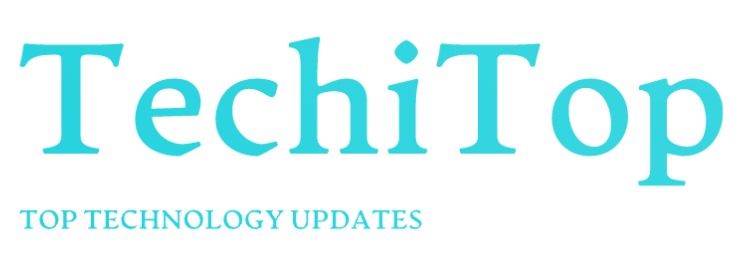Different standards are more or less accurate in certain situations, depending on the energy dimension being measured and how well they fit in with the team’s work. Choosing the most accurate measure is an individual decision, depending on the nature of the team and the desired outcome. Here are some of the importance of having a team effectiveness assessment.
It can be used to identify unrecognized team-related issues
Teams are often dysfunctional, and many fail to function effectively. Members talk too much and do too little, while others relegate their efforts to themselves. It’s easy to become a team cynic when the team’s actions are merely a way of offloading responsibility. But assessing team effectiveness can be valuable in uncovering unrecognized issues and creating solutions.
TER’s initial assessment measures the overall mindset and behaviors of the team. For example, ineffective teams are often “debating clubs,” with no decisions made and no balance. They also lack openness and balance and may not be aware of their poor performance.
One recent Team Effectiveness Review found weaknesses in the teams’ Efficiency and Openness dimensions. Team members lacked transparency, and decision-making processes were prolonged by over-analysis. Team members weren’t sufficiently clear about the overall strategy. They were too distracted by the details. Despite these flaws, the team was determined to pull together, and the members actively supported each other. They also made use of each others’ strengths. Moreover, only one team member, who had an unrecognized weakness, undermined the work of the other team members.
It can be used as a reactive assessment
Reactive teams have excellent problem-solving skills. Their ability to handle uncertainty makes them better at working under pressure. They don’t fret over executing perfect plans, running ideas through the chain of command, or planning long-term. Instead, they are quick to act and adapt. This is a powerful combination. Reactive teams have a high level of team engagement. However, they can be difficult to motivate.
The TER measures team mindset and behaviors. The lack of development in any of the TER dimensions may be an indication of dysfunctionality. When a team is dysfunctional, members are more likely to act like “debating clubs” without making decisions. Ineffective teams are slow to react to changes in the marketplace. The unit may be unaware of its behavior. But, the results of a team effectiveness assessment can provide valuable information.
The most effective teams will have a common understanding of the goal. Team members can be easily distracted from their original tasks and generate meaningless ideas. They coordinate action more effectively when they have a common understanding of the goal. They can also be more effective if team members have the same goal vision. By sharing knowledge and ideas, teams can perform better than they do when they are disorganized.
Work-life balance
To assess work-life balance in your workplace, you can use a work-life balance quiz. The questionnaire includes 45 questions and 45 numerical answers. Each question is designed to measure a particular aspect of your work-life balance. You can use the quiz result to determine how effectively your team achieves work-life balance.
To understand the relationship between work and life balance, it’s essential to consider the needs of each person. Your work-life balance may fluctuate over your lifetime, and that’s okay. Some speed bumps are necessary and even desirable. However, other speedbump days may adversely affect your overall well-being. To avoid these speedbumps, make a daily review of your work-life balance. As you achieve the balance you desire, you will find it easier to manage your work and personal lives.
Diversity
When used correctly, teams can significantly contribute to executing an organization’s strategy. Strong teams often reduce costs, improve quality, and produce better results. But most teams don’t perform optimally, and many organizations fail to tap into their full potential. Team health assessments can help you realize this potential.
The millennial generation is fast replacing the baby boomers, who are the oldest members of the U.S. workforce. With these demographics coming of age, companies must adapt to ensure that their workforces are inclusive and diverse enough to drive business results. But how do we create a diverse workforce? The following trends may help you make the best decision possible for your business.
Real-time feedback
While it may seem like too much effort to hold regular meetings to review the work of your team members, frequent feedback can save you time in the long run. Real-time feedback should include the three Cs – coaching, collaboration, and cadence. Without these, work will begin to feel rote, and team members may become disengaged. As a result, frequent feedback is essential for team effectiveness.
In addition to increasing employee satisfaction, real-time feedback creates a culture of learning and development. A feedback culture helps managers recognize top performers and offer course corrections at the right time. Real-time feedback allows employees to receive immediate feedback and fits into the flow of work. It limits recency bias during employee evaluations since it tracks achievements throughout the year. It also ensures that the manager is evaluating the employee in context.
